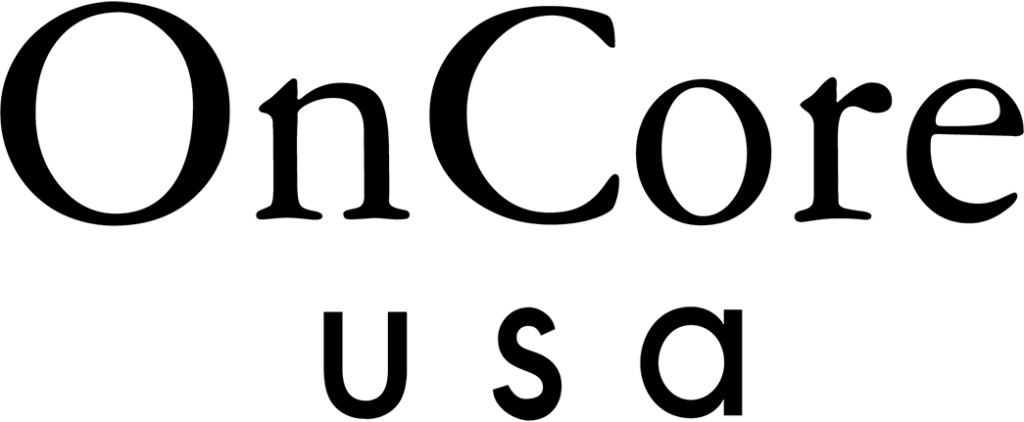How to Hire The Right Person For The Job
Hiring the right person for a position is a delicate process that, done properly, can result in the on-boarding of a highly motivated, competent employee that adds value to your team and helps drive and achieve company goals. Conversely, if the hiring process goes poorly, it can potentially be a huge waste of time, money and resources. So, how can you ensure that the candidate you choose will align with your company/team culture and be an overall good fit? The following 5 steps outline specific things to consider throughout the hiring process to help you find the right person.
- Evaluate your hiring process
Before you start seeking candidates, take a look at your recruitment process. Do you hire for a position based on word-of-mouth? Are you generally more likely to promote internally? Do you prefer to open up job postings to the public? Whatever your approach is to recruitment, be open to shifting it — you could be missing out on a prime candidate because you are reluctant to consider other outlets. Also, think about your hiring process from a job description perspective. Have you been as clear as possible about desired qualifications, and have you set specific responsibilities for the position? It is important to establish clear, defined expectations ahead of time. That way, you are more likely to attract qualified, appropriate candidates.
2. Take your time
It is easy to feel overwhelmed with a sense of urgency to fill an empty position — especially if not having someone in a certain role is causing extra work and more responsibility for current employees. While this is an understandable reason for wanting to onboard someone as quickly as possible, you could delay the process even further by hiring the wrong person for the role. Desperation will get you into trouble, particularly if you are focusing on short-term requirements (e.g., is this person familiar with Excel?) vs. long-term goals (e.g., will this candidate develop meaningful relationships with the team and remain motivated?) Finding a quality candidate will likely require more time in the initial hiring process, but will save you a significant amount of time in the long-run.
3. Pay attention to hiring cues
While punctuality and attentiveness are important factors to consider for any potential employee, they are arguably not as significant as authenticity. Anyone interested in a position with your company should be able to show up on time for an interview and look nice, but it can be helpful to look beyond the initial layer of professionalism. For example, do they ask thoughtful questions? Are they prepared and engaged? Have they researched the organization? Does the experience outlined on their resume seem to align with career development, or do they bounce around? Are their questions more geared towards opportunities for advancement or compensation? Realize that the perfect candidate is still going to be an imperfect person, but pay attention to the cues and qualities that are presented from the start.
4. Get a second opinion
The vetting process can be difficult to navigate, but effectively screening candidates is so important in finding the right fit for a position. So, don’t hesitate to seek the input and experience of others. For example, it can be tempting to overlook utilizing someone’s references as these are often seen as a formality in an application process. However, because “the best indicator of future behavior is past behavior,” it could be beneficial to consider the perspective and impression your candidate left on their previous employer. This is not to say that the right candidate for you should be judged by their past success or failures, only that it could be a resource that offers you useful insight to someone’s work ethic and ability to maintain good working relationships.
Seeking the advice of your colleagues is another invaluable tool in hiring someone new. Incorporate team members who will be working with the person directly into the interview process — ask about their first impressions and initial thoughts. Do they think this person will be a fit? Do they see any potential red flags? The more perspective and input you have, the better positioned you are to make a thoughtful, informed decision.
5. Trust your gut
While there are many measurable ways to identify a potentially “good fit,” one of the most advisable things to remember in the process is to trust your gut, always. If you don’t have a good feeling about someone or are struggling to make a connection from the beginning, that is probably a good indication that they are not the right person for the job. Likewise, if someone makes a lasting, positive impression on you and you have a productive conversation, don’t be afraid to explore that — even if their experience or resume is not exactly what you originally imagined. Most people can be trained and taught, but authenticity is harder to come by. Always trust your feelings.
OnStaff Group’s SkillQuest division offers a variety of customized training and testing tools that are designed to measure your candidate’s strengths and natural behavior characteristics. These behavioral assessments allow you to evaluate leadership style, adaptability, risk tolerance, problem-solving abilities, and many other traits. For additional information about SkillQuest and its assessment training, you can visit their website.





